 Yahoo Finance ran a story today entitled “Gold, Silver & Copper Are All Heading Lower.” Nothing worth discussing about the specifics of the article – the real story here is that this a classic contrary headline seen at market bottoms, not tops.
Yahoo Finance ran a story today entitled “Gold, Silver & Copper Are All Heading Lower.” Nothing worth discussing about the specifics of the article – the real story here is that this a classic contrary headline seen at market bottoms, not tops.
What is the really smart money doing in the gold market as the mainstream press encourages John Q. Public to sell off his gold holdings? Here’s a nice recap from The Economic Collapse:
When men like John Paulson and George Soros start pouring huge amounts of money into gold, it is time to start becoming alarmed about the state of the global financial system.
The amount of money that these men are investing in gold is staggering….
And the central banks of the world are certainly buying gold at an unprecedented rate as well. According to the World Gold Council, the central banks of the world added 157.5 metric tons of gold last quarter. That was the biggest move into gold by the central banks of the globe that we have seen in modern financial history.
But that might just be the beginning.
According to a recent Marketwatch article, there are persistent rumors that China has plans to buy thousands of metric tons of gold….
The gold bull market is far from over when two of the world’s most successful investors are increasing their gold holdings. The price correction in gold since last summer has provided another excellent buying opportunity for long term investors.
Why There Is No Upside Limit For Gold and Silver
Why Higher Inflation and $5,ooo Gold Are Inevitable
The Federal Reserve Can’t Produce Oil, Food or Jobs But They Will Continue To Produce Dollars
Ultimate Price of Gold Will Shock The World As Loss Of Global Confidence Leads To Economic Collapse
Gold Bull Market Could Last Another 20 Years With $12,000 Price Target
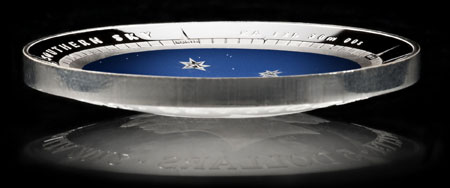


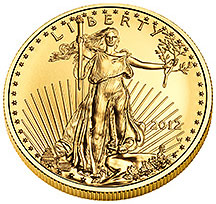 The latest sales figures from the U.S. Mint show that sales of both gold and silver bullion coins declined dramatically during July. While sales of silver bullion coins have remained at historically high levels, sales of the gold bullion coins have been in a steep decline since 2009.
The latest sales figures from the U.S. Mint show that sales of both gold and silver bullion coins declined dramatically during July. While sales of silver bullion coins have remained at historically high levels, sales of the gold bullion coins have been in a steep decline since 2009.
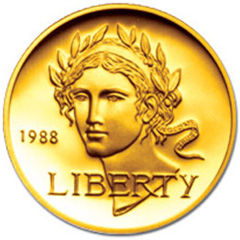 By Vin Maru
By Vin Maru


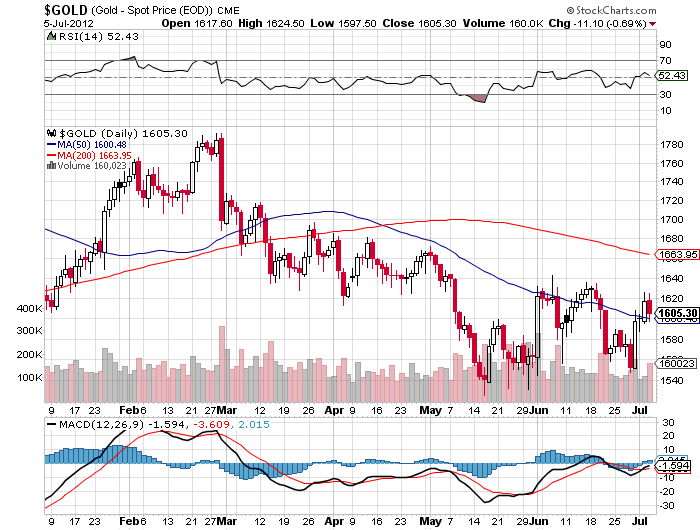
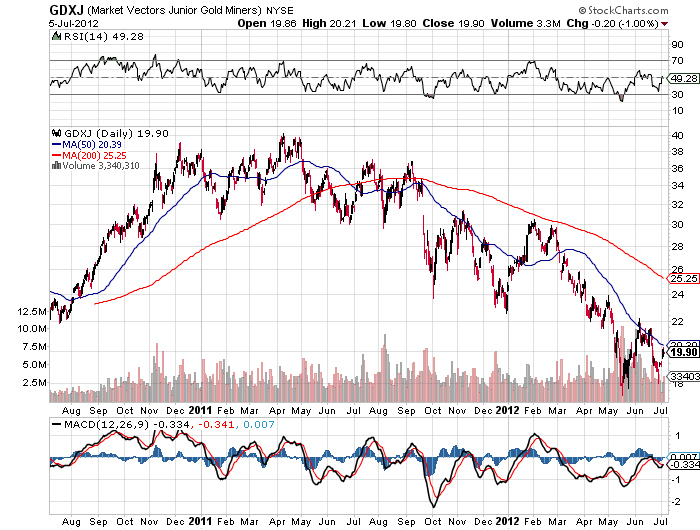
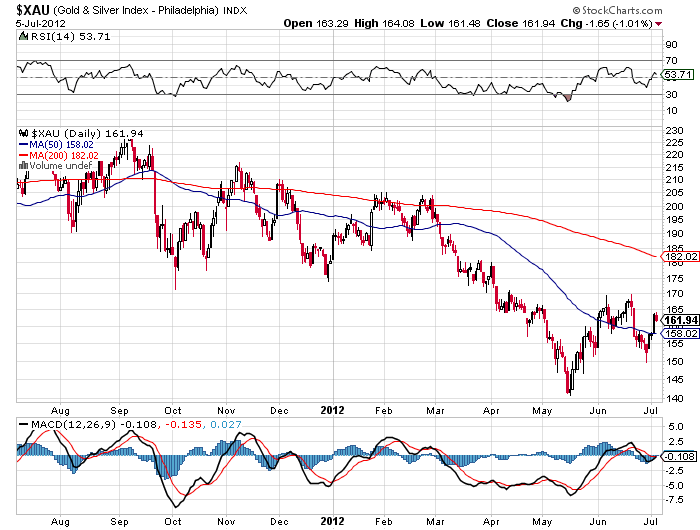

 According to the latest report from the U.S. Mint, sales of gold bullion coins increased by over 13% during June, while total sales of the silver bullion coins were essentially unchanged from May.
According to the latest report from the U.S. Mint, sales of gold bullion coins increased by over 13% during June, while total sales of the silver bullion coins were essentially unchanged from May.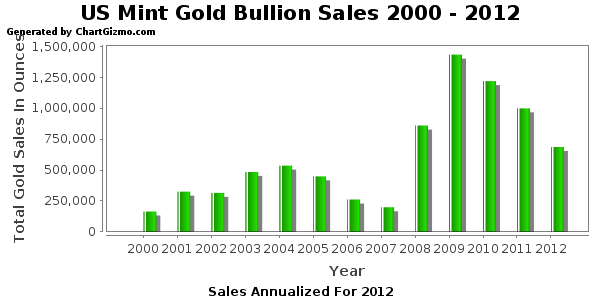
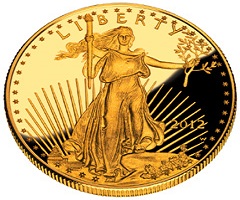 The combination of increasingly ominous economic reports along with the Fed’s failure to announce bold new monetary initiatives resulted in a brutal reassessment of risk by investors. Stock, commodity and precious metal markets all plunged with the Dow down 250 points, gold down by $41.60 per ounce to $1,566 and silver off by 4.4% to $26.98. Crude oil in New York trading was off 4%, dropping below $80 a barrel for the first time in eight months.
The combination of increasingly ominous economic reports along with the Fed’s failure to announce bold new monetary initiatives resulted in a brutal reassessment of risk by investors. Stock, commodity and precious metal markets all plunged with the Dow down 250 points, gold down by $41.60 per ounce to $1,566 and silver off by 4.4% to $26.98. Crude oil in New York trading was off 4%, dropping below $80 a barrel for the first time in eight months.

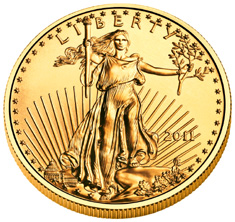
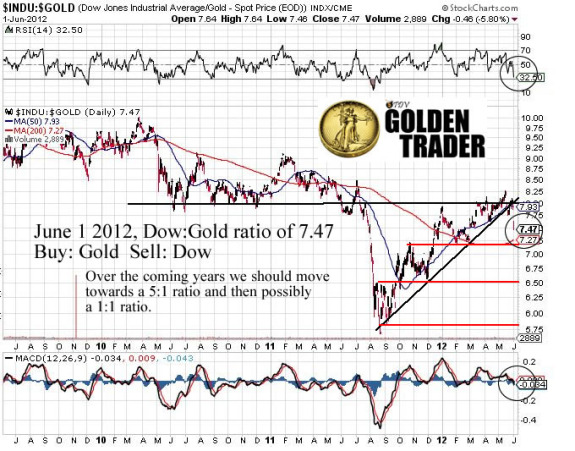
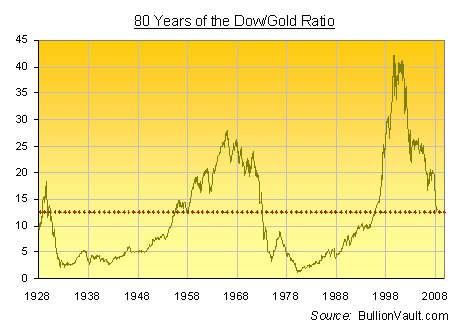
 According to the latest report from the U.S. Mint, sales of both gold and silver bullion coins rebounded strongly during May.
According to the latest report from the U.S. Mint, sales of both gold and silver bullion coins rebounded strongly during May.